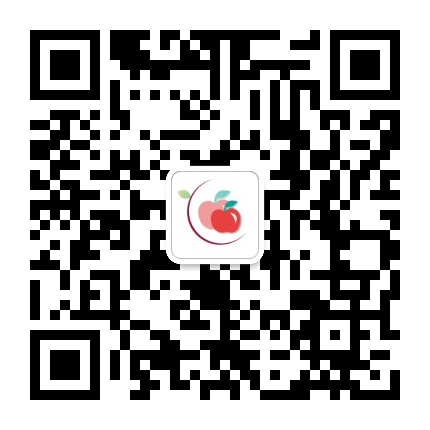iOS Provisioning Profile Guide Everything You Need to Know about Apple Signing
Apple signing plays a crucial role in every iOS developer’s life. Without proper signing and provisioning, an iOS app cannot be distributed through the App Store or even outside of it. That’s why understanding iOS provisioning profiles and codesigning is essential for any iOS developer.
What is an iOS Provisioning Profile?
Simply put, a provisioning profile is a file that contains information about a developer’s identity and the app they’re building. This file is needed by Xcode so it can build and sign an app successfully. Provisioning profiles determine the devices and users that are authorized to install and run an app, as well as the app’s entitlements and permissions. Without a provisioning profile, an app cannot be installed on a device or submitted to the App Store.
Types of Provisioning Profiles
There are three main types of provisioning profiles: development, ad hoc, and distribution. Development profiles are used when developing an app, ad hoc profiles are used for testing on a limited number of devices, and distribution profiles are used to distribute apps through the App Store or other channels.
Creating an iOS Provisioning Profile
To create an iOS provisioning profile, you’ll need to have an Apple Developer account first. Then you can create provisioning profiles using Xcode or the Apple Developer Center website. You’ll need to select the type of profile you need and provide information about your app and your developer identity.

Code Signing
Code signing is the process of digitally signing an app’s code so that it can be verified by both the operating system and users. This ensures that the app hasn’t been tampered with or modified since it was signed. Code signing is necessary for any iOS app to run on a device, whether it’s in development or being distributed to the App Store.
Common Provisioning Profile Issues
There are a few common issues that developers might encounter when working with provisioning profiles. One of the most common is an expired or invalid profile. This can occur if the profile was created too long ago or if there have been changes to the app since the profile was created. Another issue is when a profile is installed on too many devices. Each type of provisioning profile has its own limitations on the number of devices it can be installed on.
Conclusion
iOS provisioning profiles and code signing are crucial components of iOS app development. Understanding how to create and manage provisioning profiles, as well as how to code sign an app, is essential for any iOS developer. By doing so, you’ll be able to successfully distribute your apps through the App Store and ensure that they’re safe and secure for users to use.



